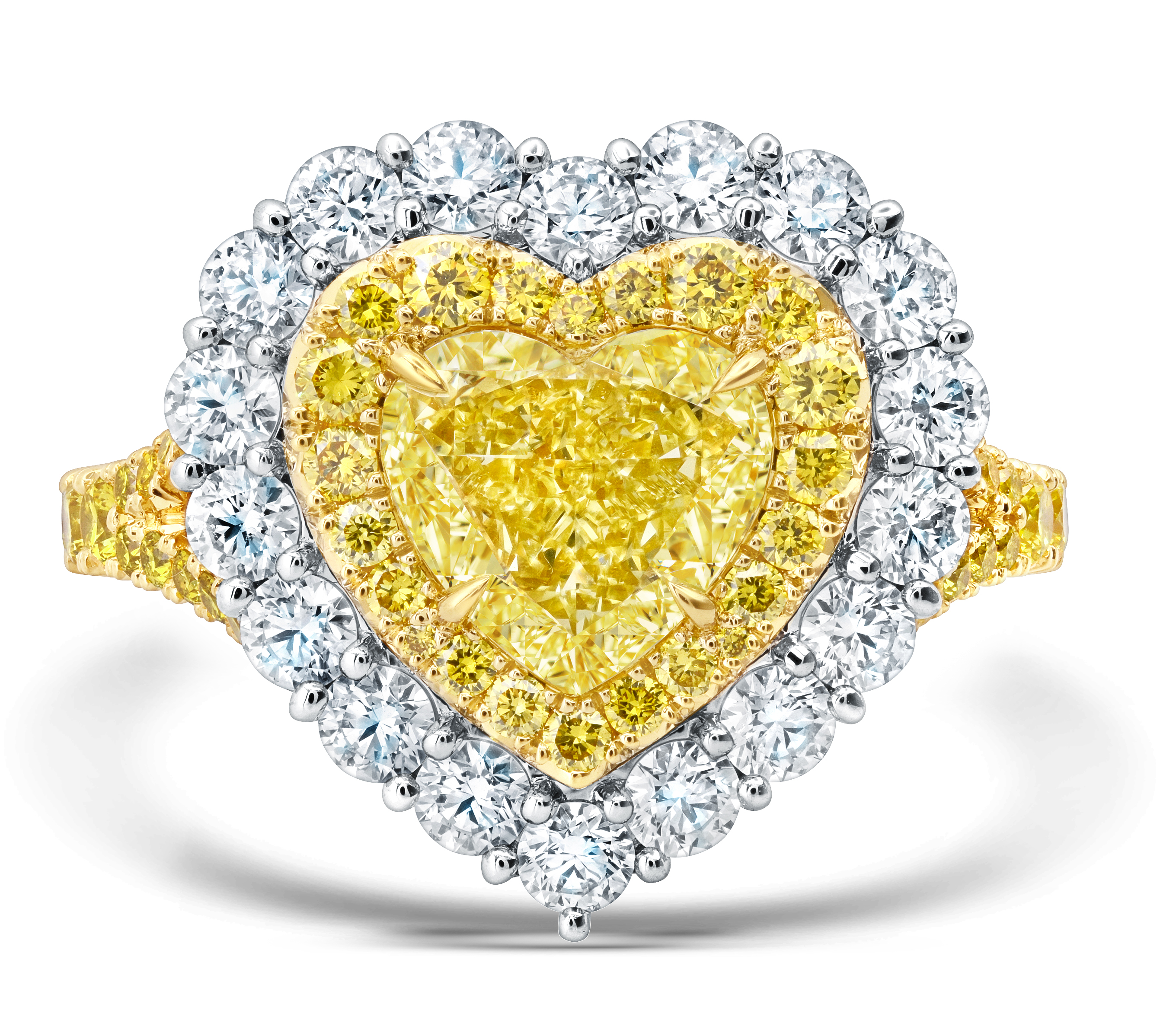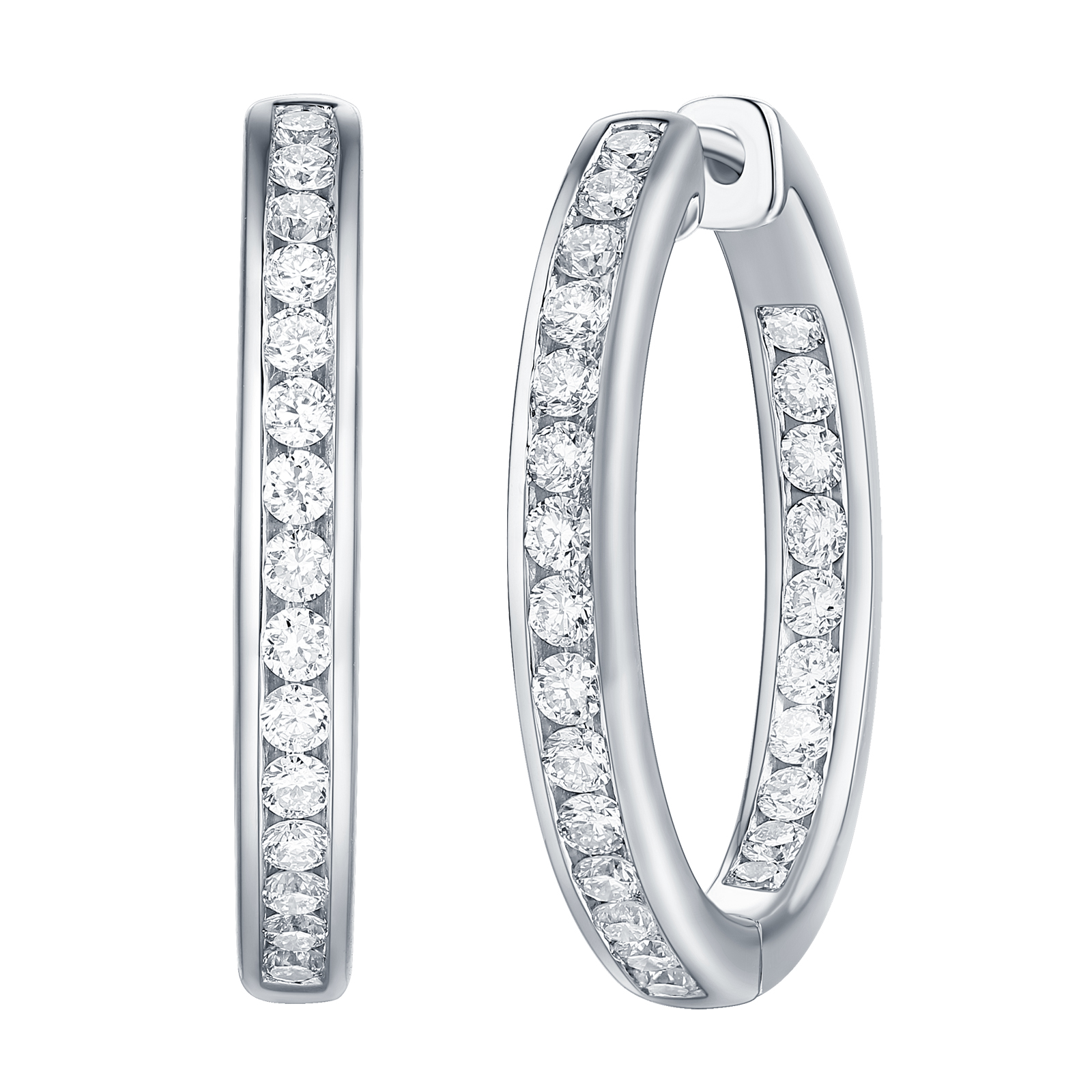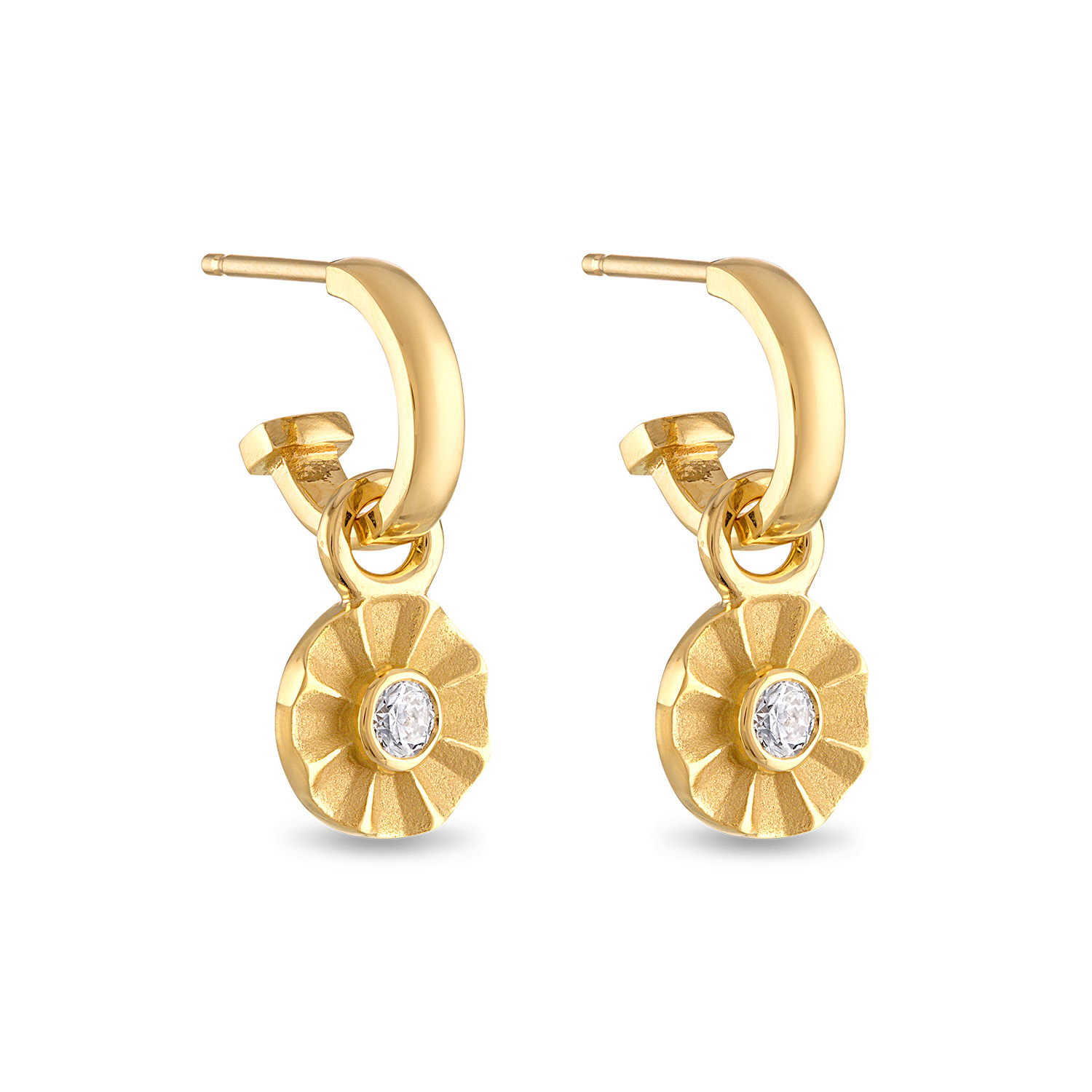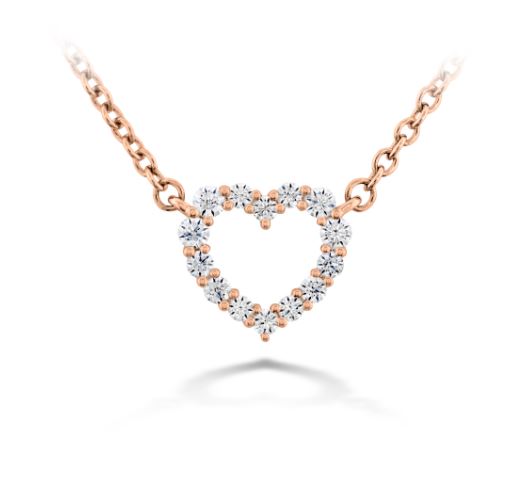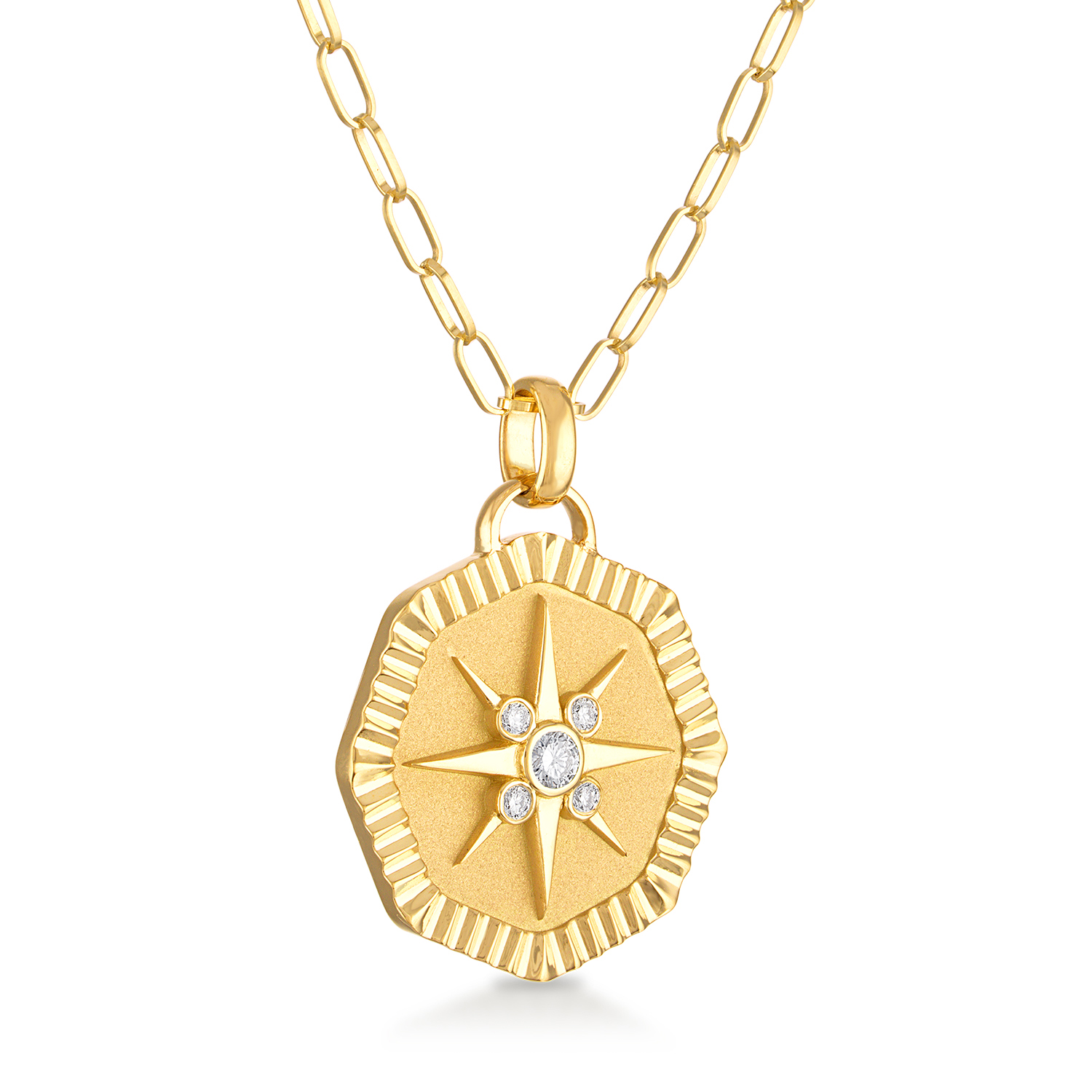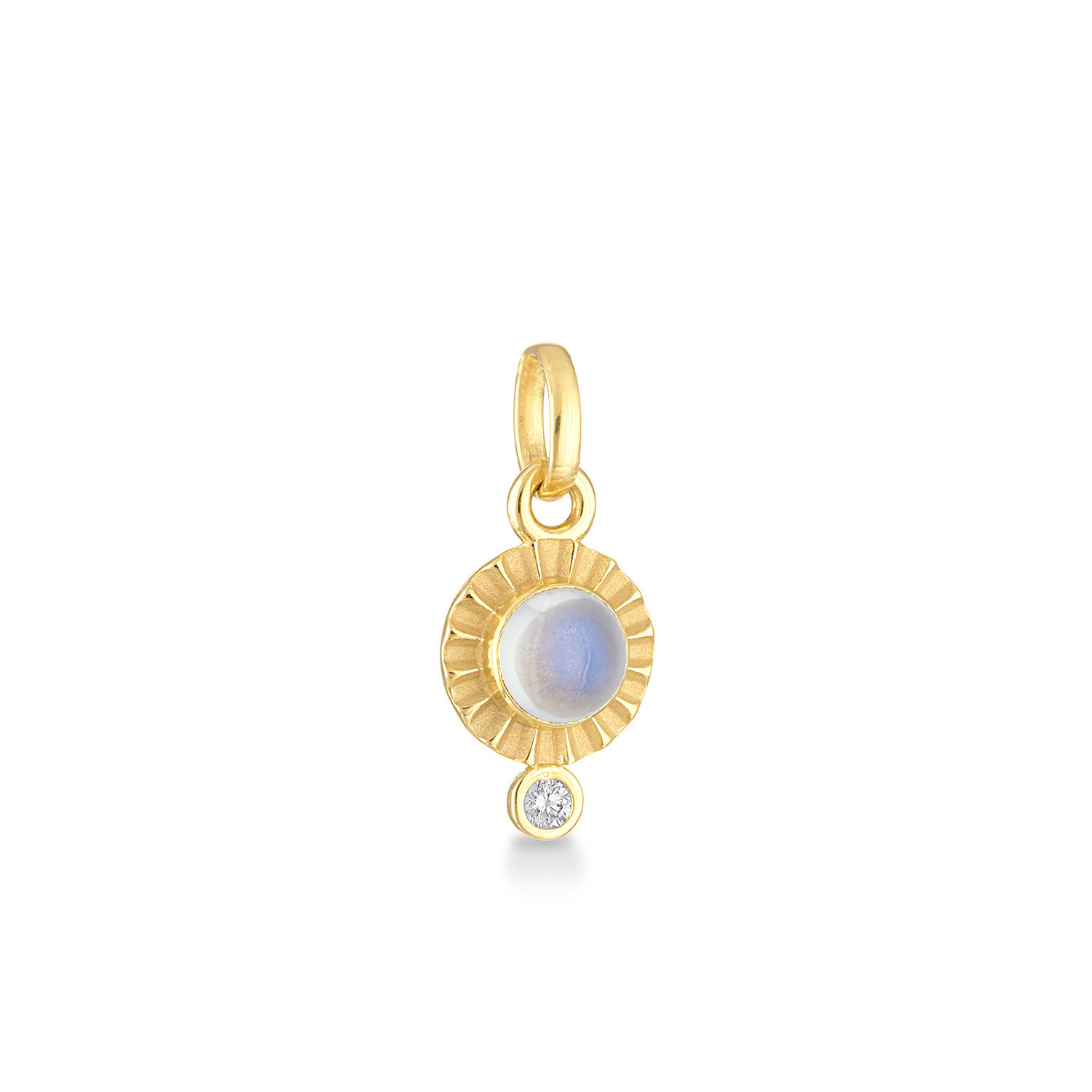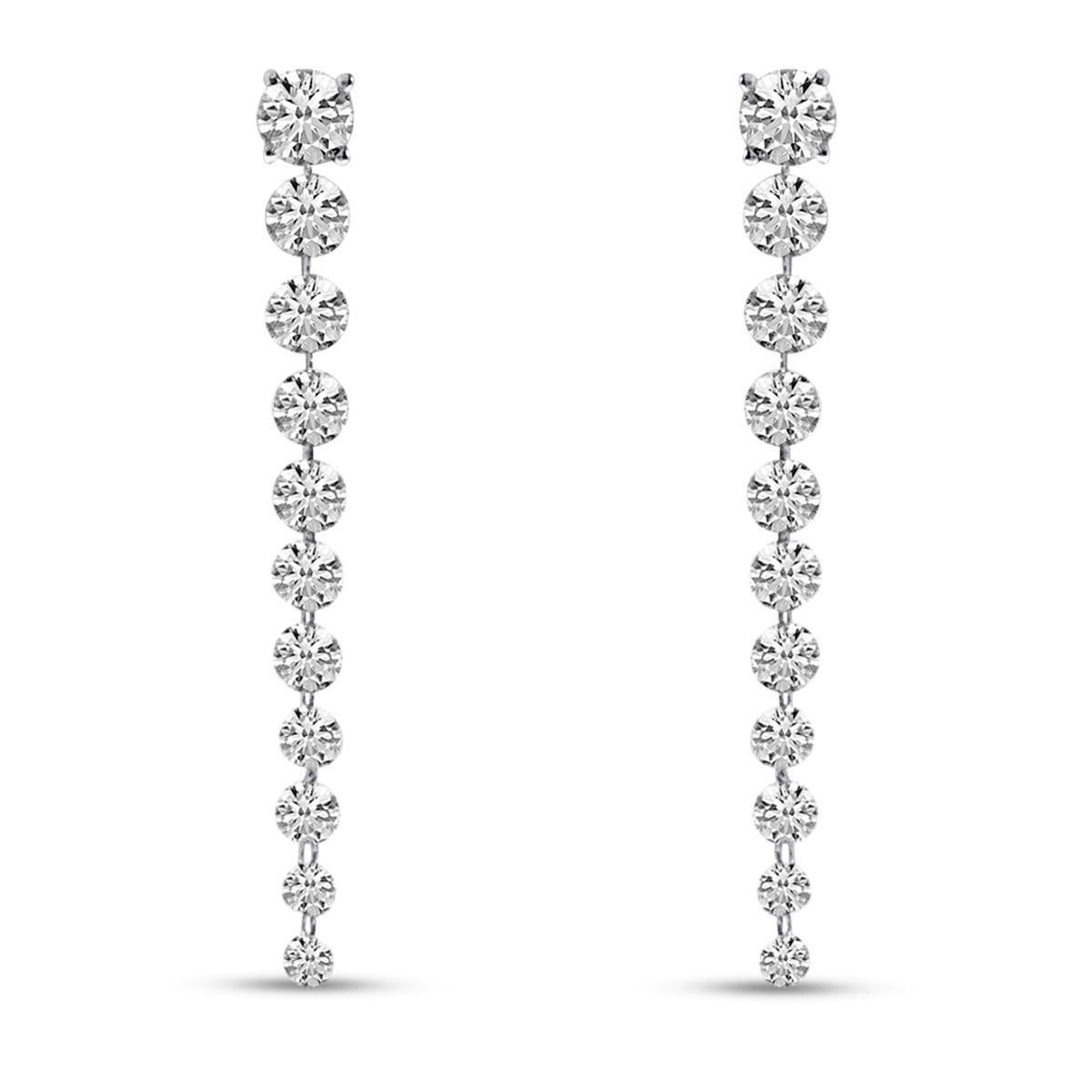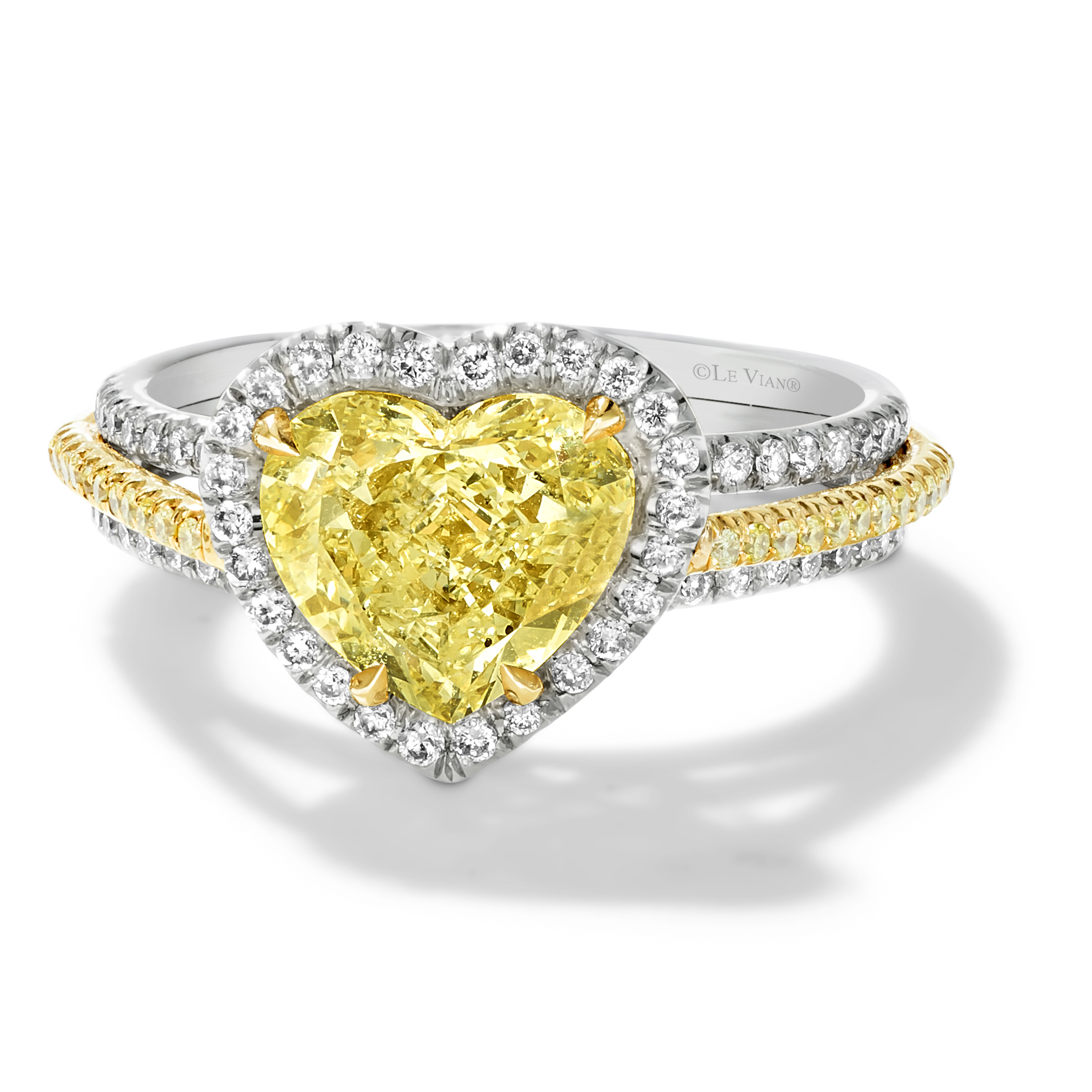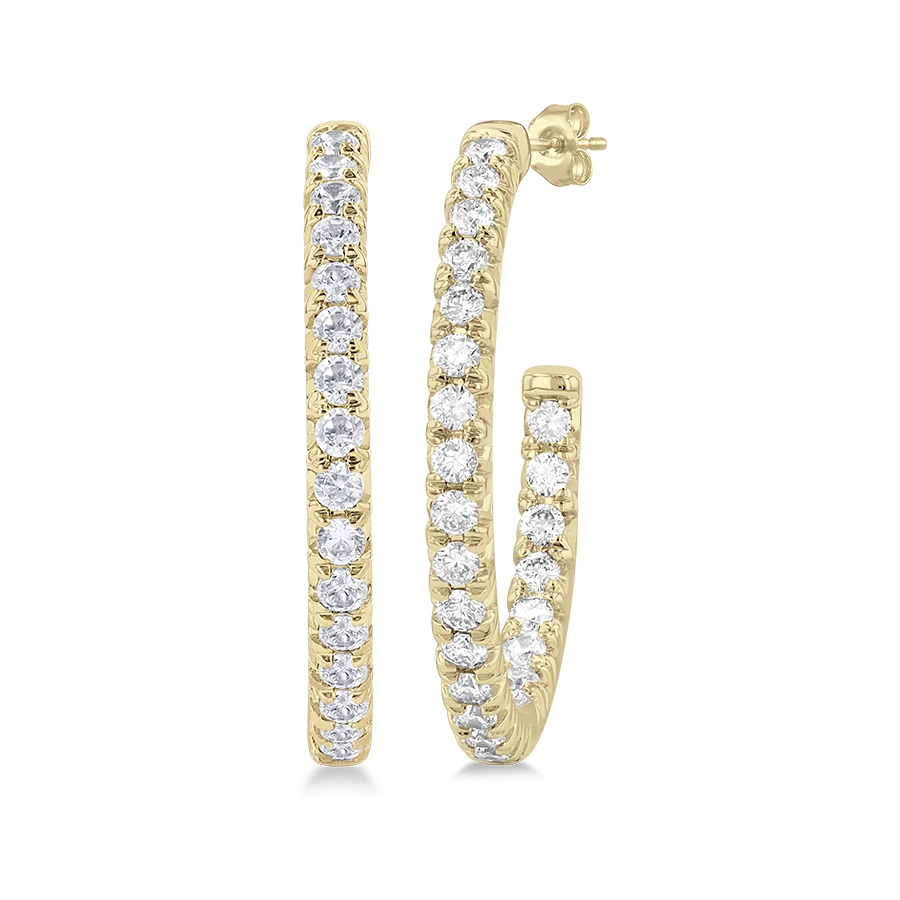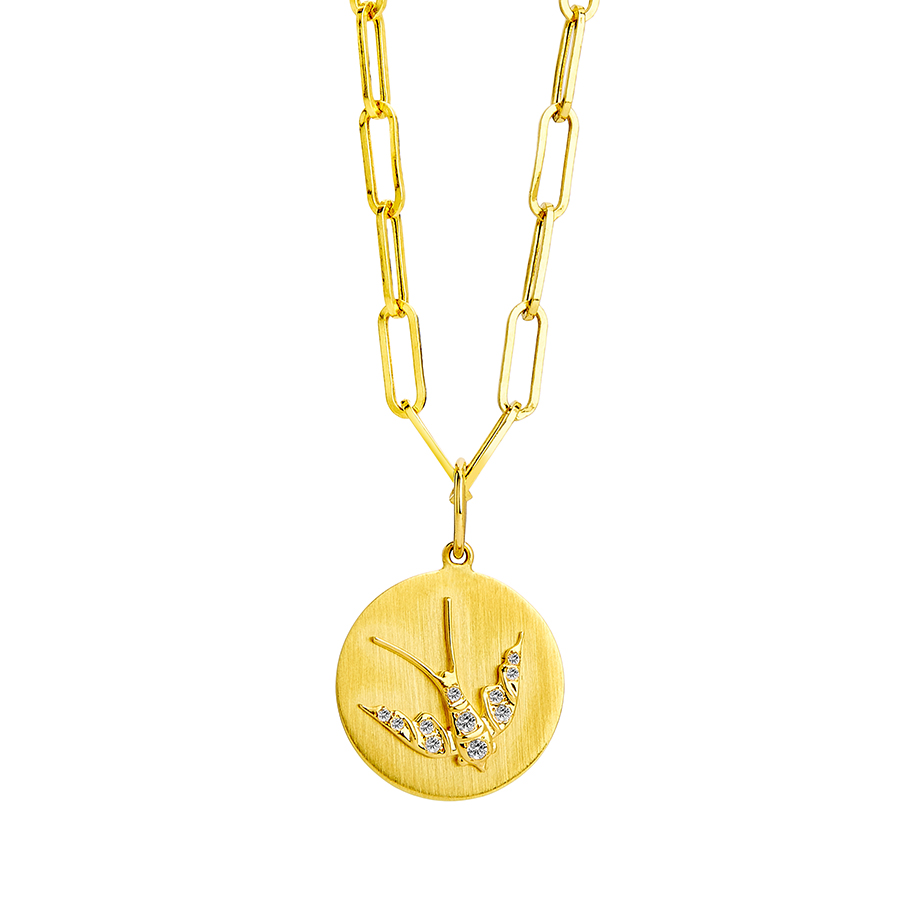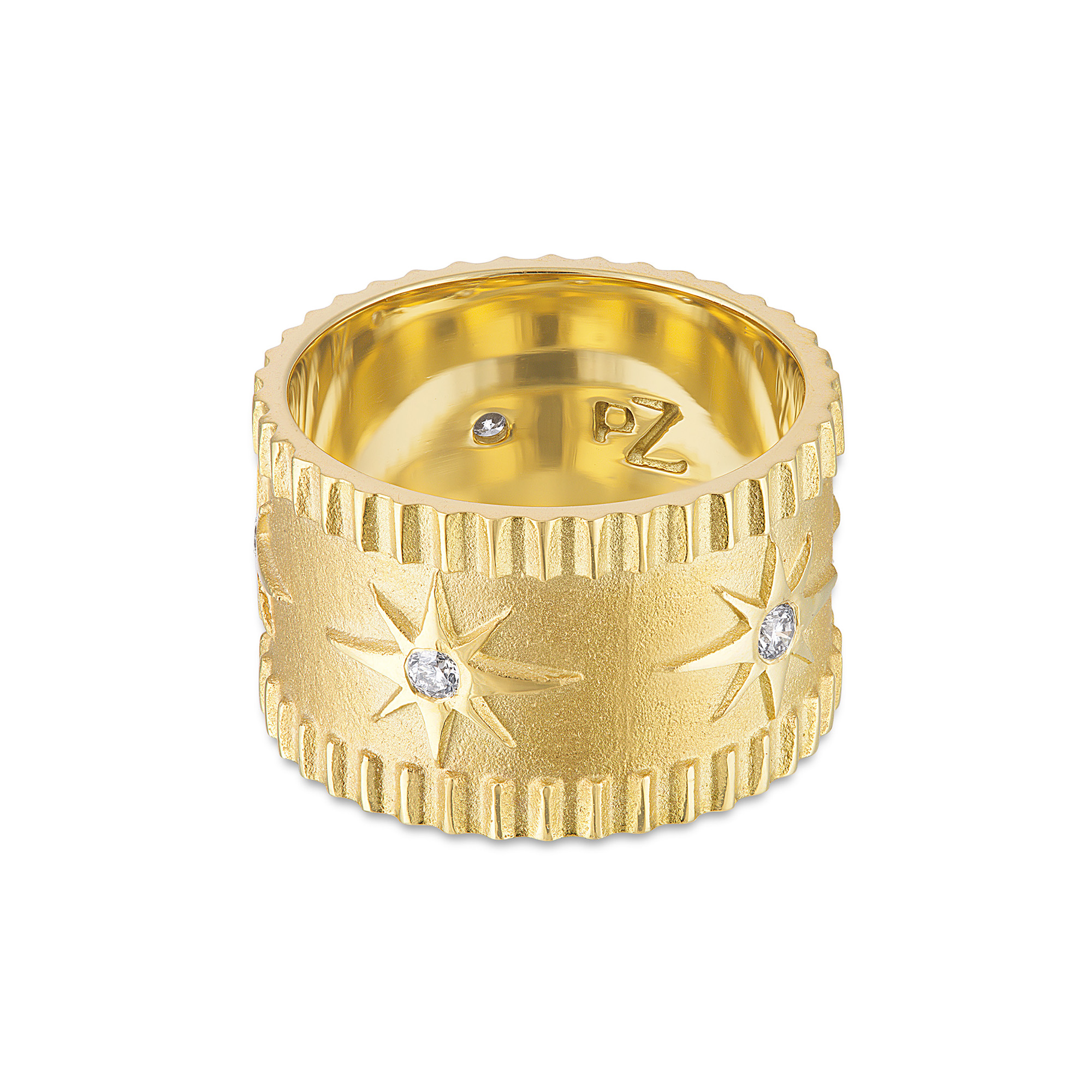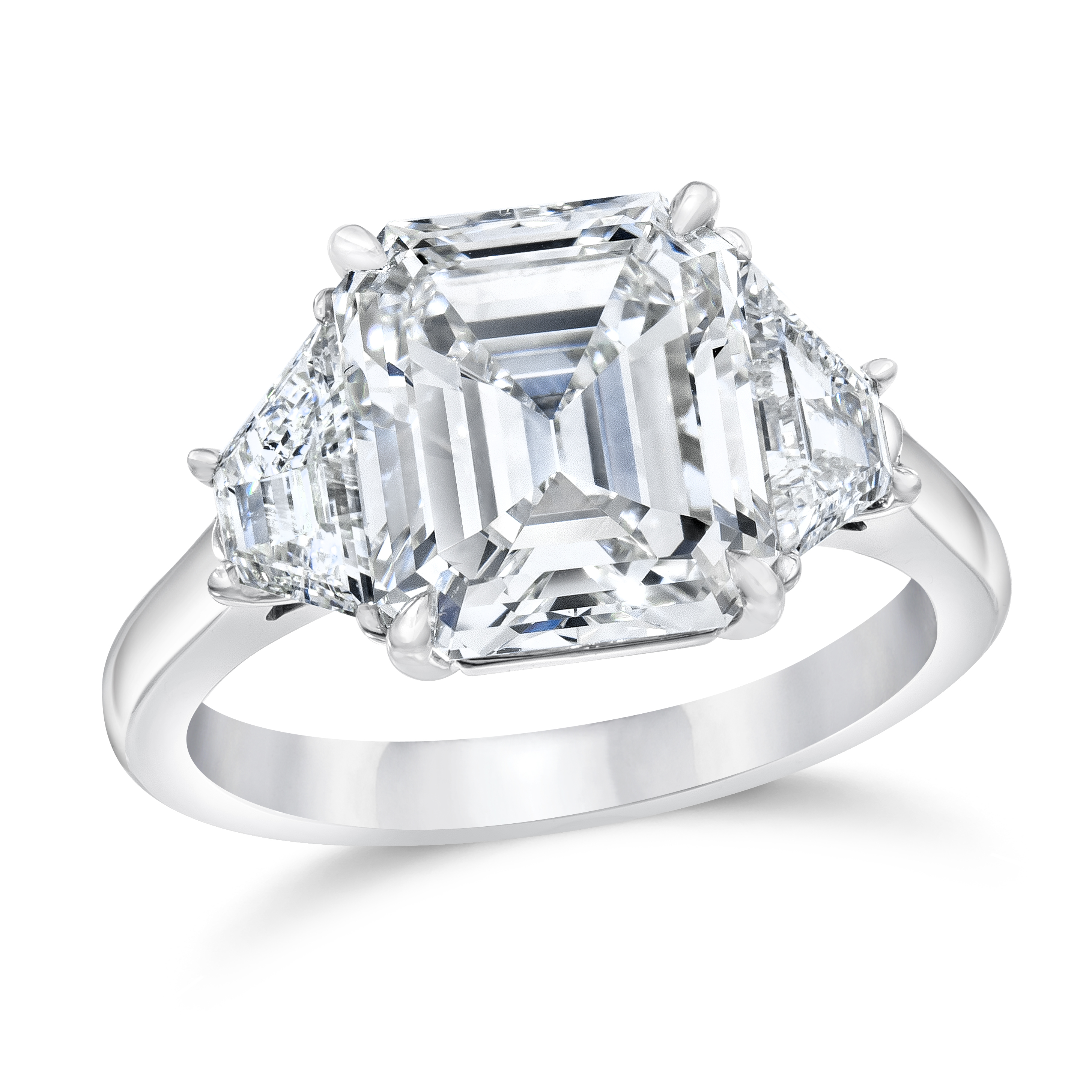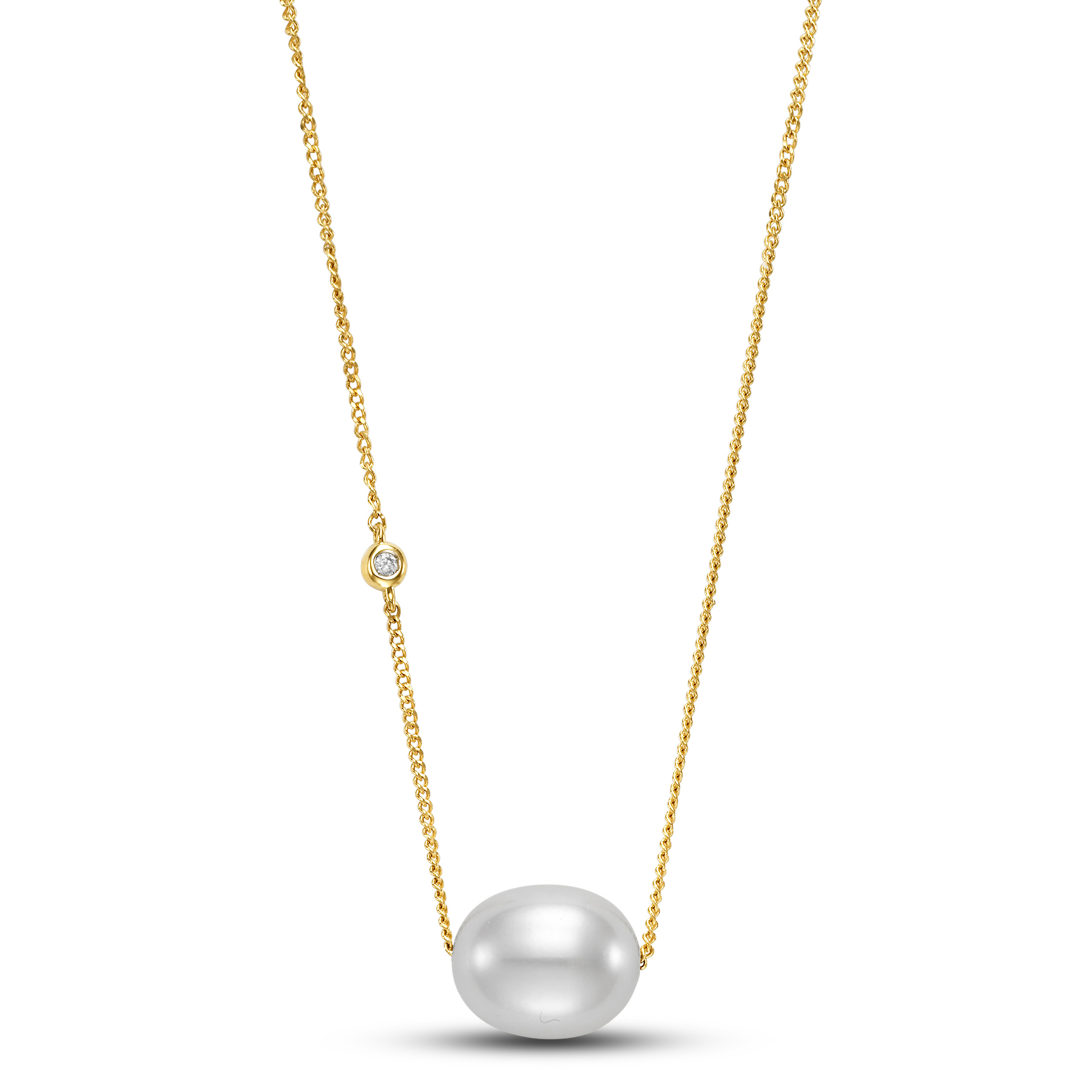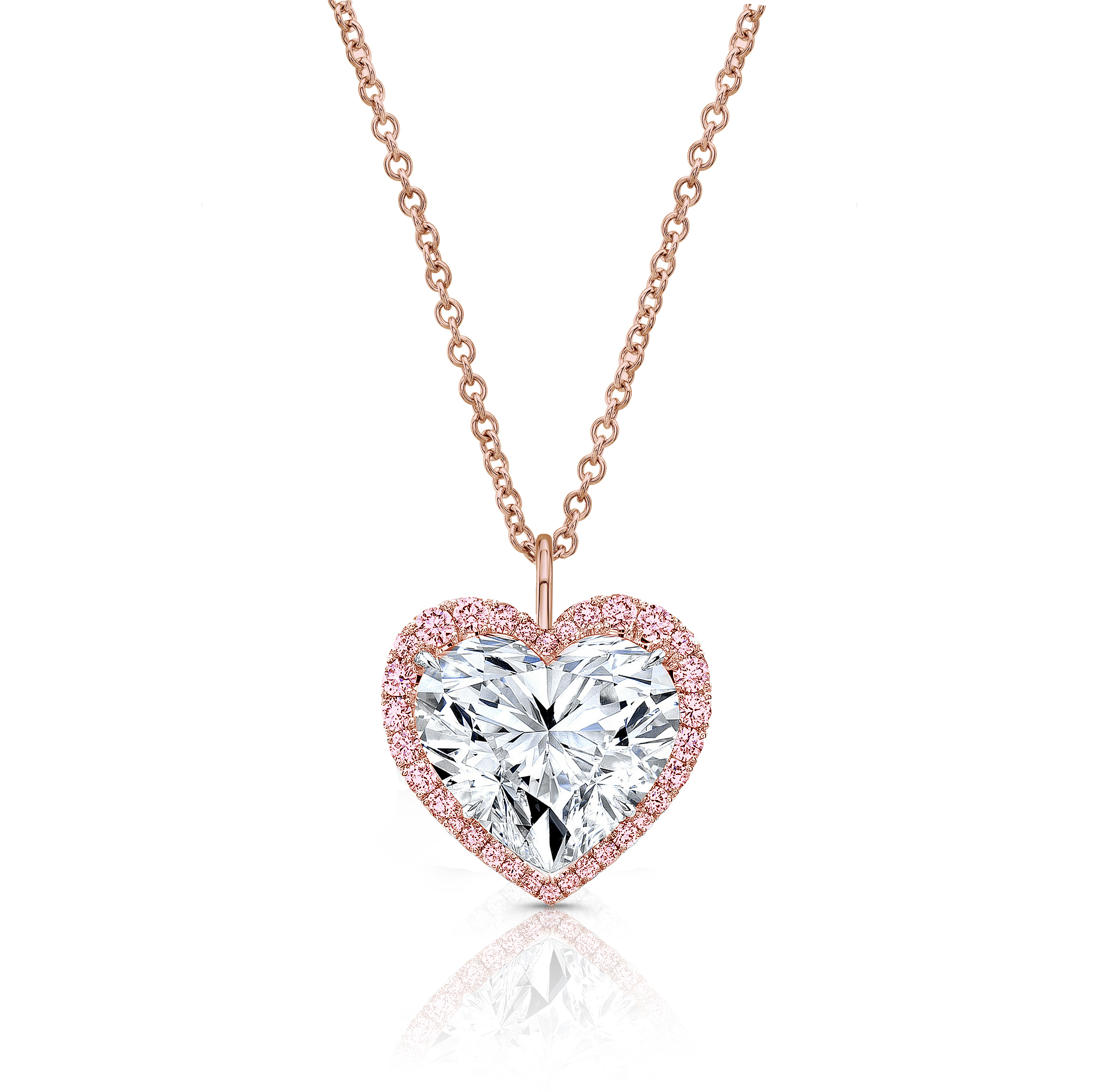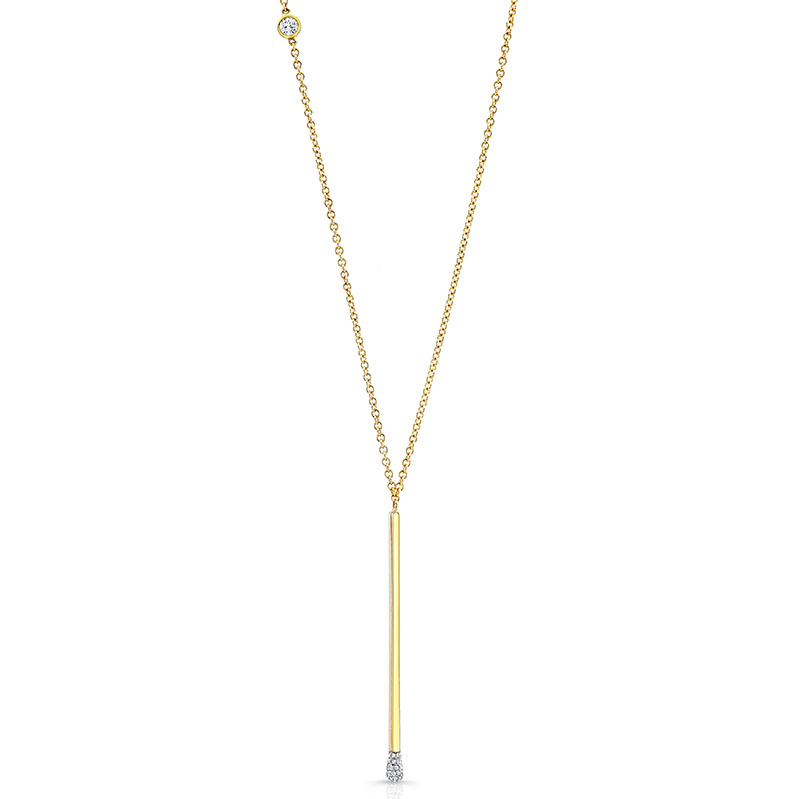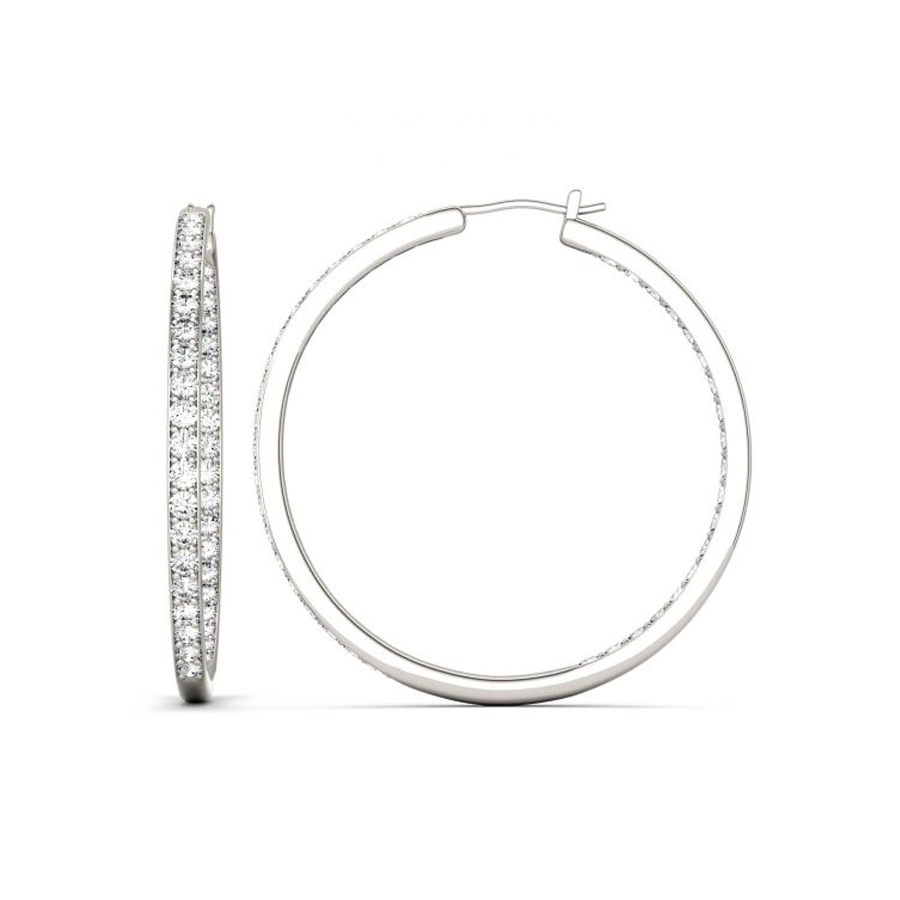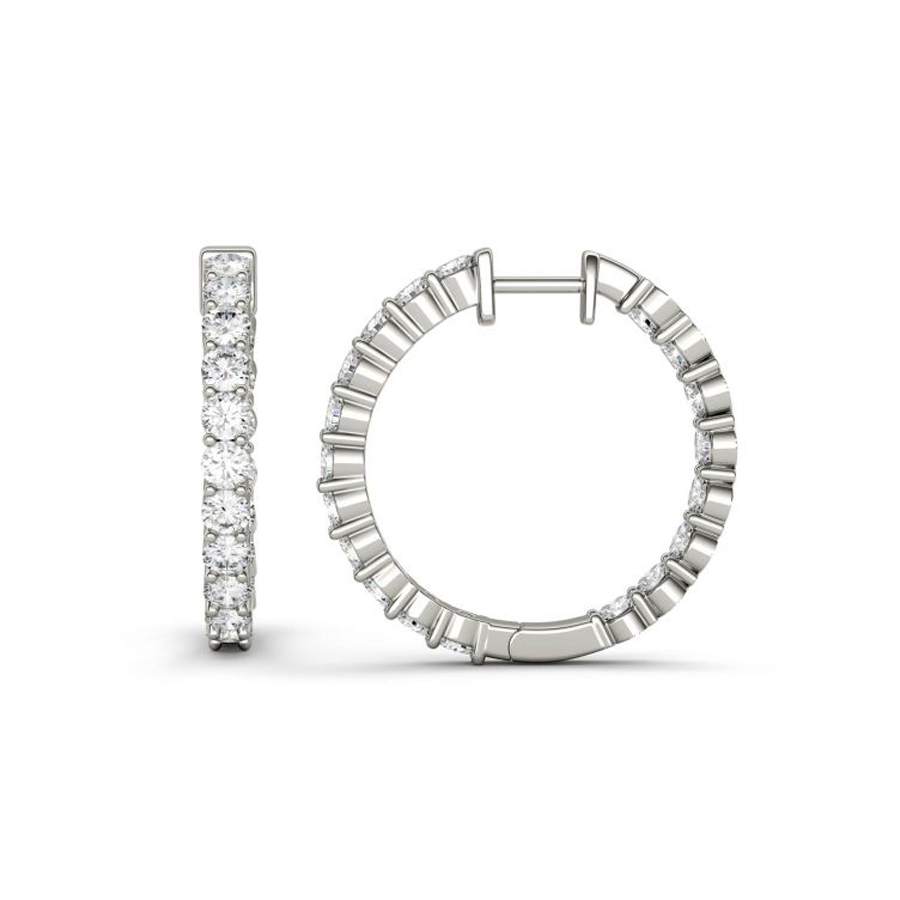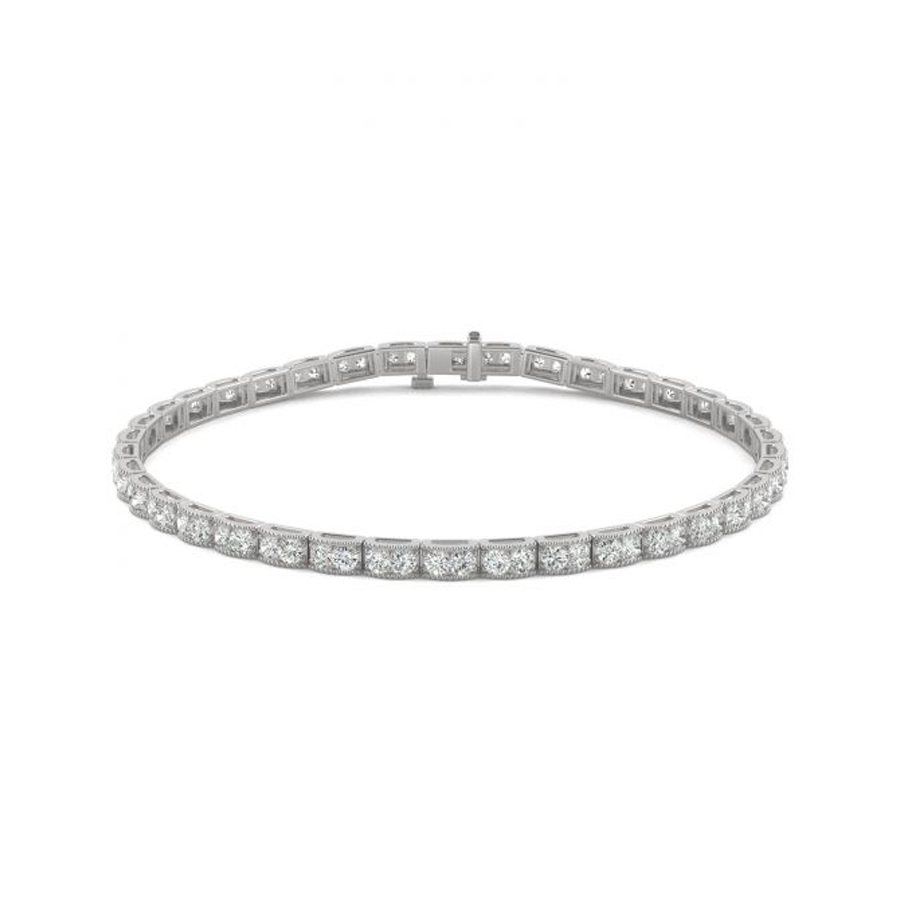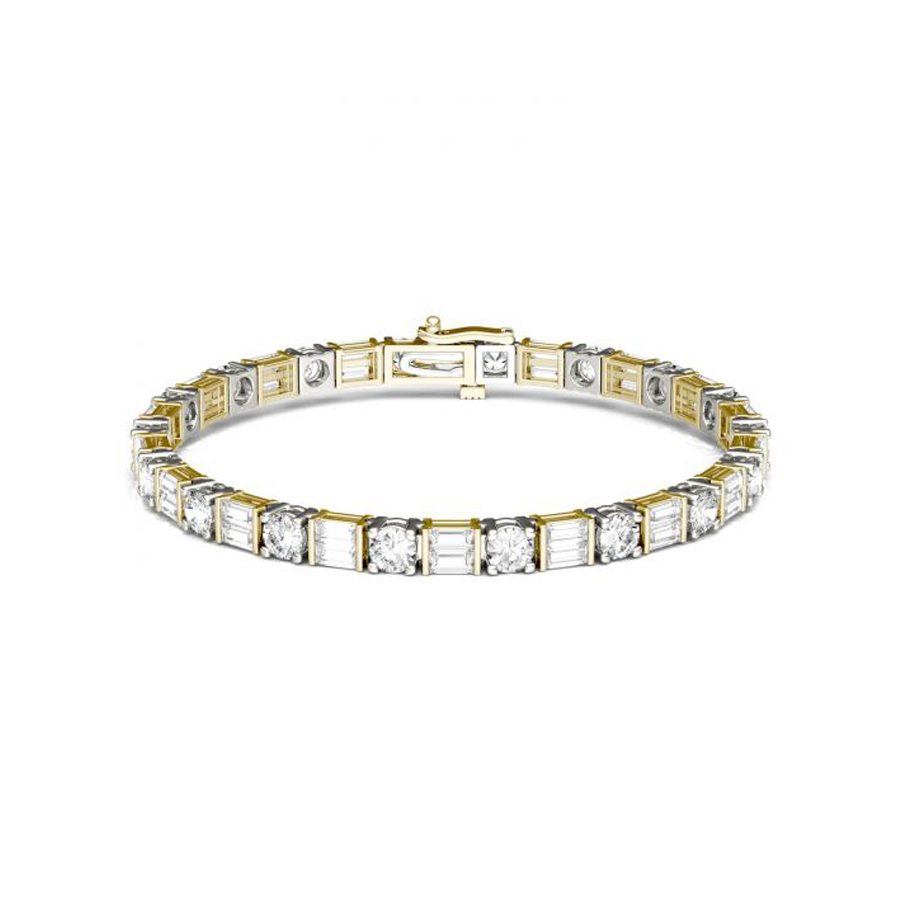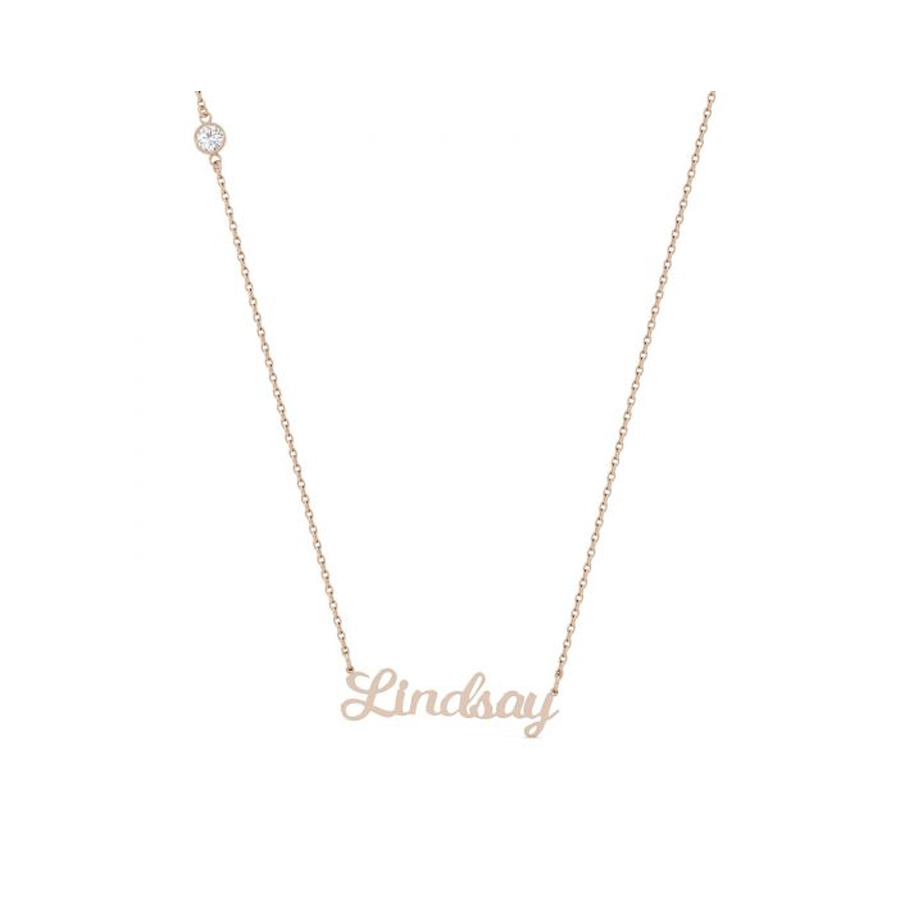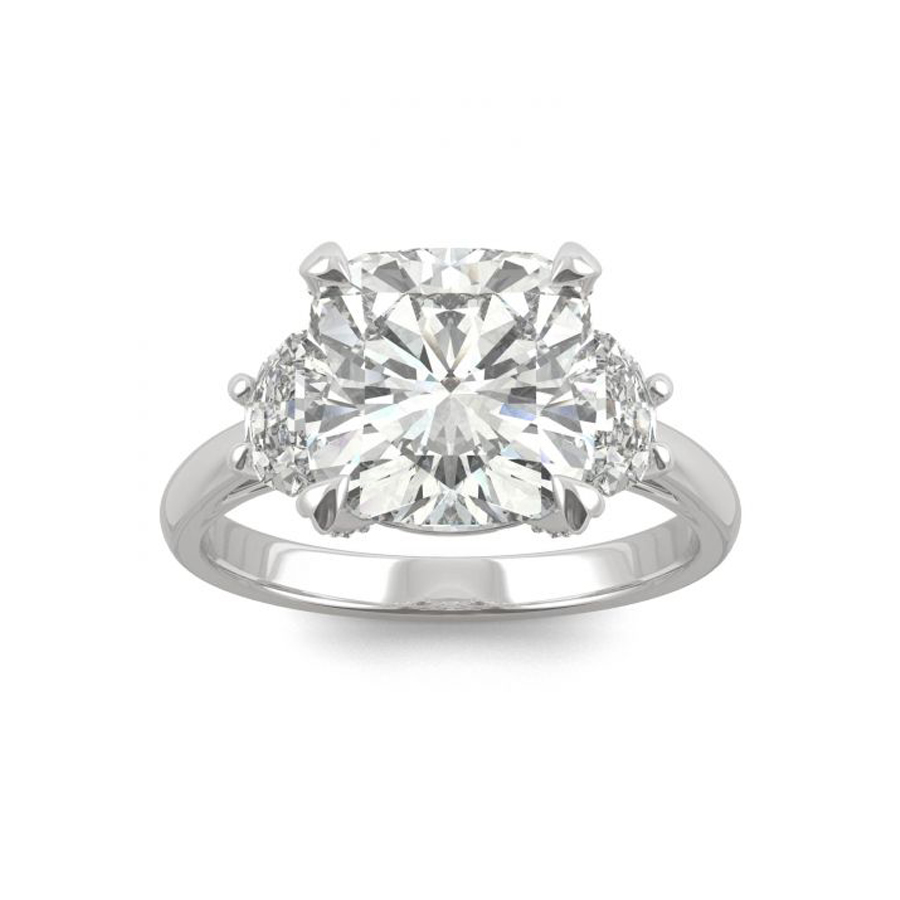One of the most important aspects of buying quality diamond jewelry is where you shop. A trustworthy jeweler or jewelry store, like Jewelers of America Members, will walk you through the jewelry shopping experience, answer specific questions about buying diamonds and help find your perfect diamond.
Whether your looking for a simple every-day diamond piece or a diamond engagement ring, understanding some of the basic diamond quality factors and terminology in advance of your purchase can help you feel more comfortable talking to a salesperson or shopping online.
Our Diamond Buying Guide lays out everything you need to know about diamonds
4Cs of Diamonds
The 4C’s are a grading scale consisting of four factors that determine a diamond’s value, collectively known as the 4Cs of Diamonds: Carat, Clarity, Cut & Color. The 4Cs are so important to selecting the perfect stone, learn more about the 4Cs.
Grading Reports
Diamond grading reports, like those offered by GIA (Gemological Institute of America) offer insights on the specifications of diamonds and gemstones. These reports can help explain the diamond clarity grade, cut grade, color grade and carat weight, learn more about grading reports.
A Diamond’s Unique Characteristics
Diamonds may not be the rarest gemstone, but they do have a set of unique characteristics that sets them apart from other gemstones and gives them a value beyond price. When considering a diamond jewelry purchase, these are some of the stone’s top qualities:Unique Beauty
The beauty and inner fire of the diamond has made this precious gem prized for centuries. Each stone, like its owner, is endowed with a personality and character uniquely its own.
Durability
A diamond is the hardest substance known to man, ranking 10.0 on the Mohs Hardness Scale, and are resistant to deterioration. When cared for properly, diamond jewelry can be worn every day and passed on as an heirloom to future generations.
Enduring Value
Gem-quality diamonds have consistently retained their value, sometimes even increasing in value, after years of being worn and enjoyed.
Diamond Shapes
Diamonds and gemstones are cut into many different shapes, each with their own aesthetic and cutting requirements. While shapes are sometimes referred to as the cut – like emerald-cut diamonds– the cut refers to how a jeweler cuts the gemstone to achieve its symmetry and proportion. Most people are familiar with the round solitaire diamond and common "fancy" shapes, which refer to a gemstone cut in any shape other than round. Fancy cuts include baguette, emerald, triangle, pear, princess, oval and marquise. If you are uncertain about a term used to describe your diamond, ask your professional jeweler to clarify it for you.
Use our chart of diamond and gemstone shapes to find your favorite!
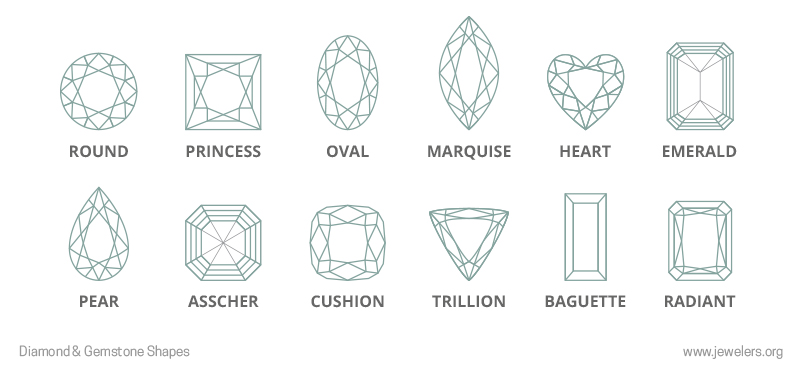
Caring for Your Diamond
Diamonds may be the hardest substance known to man, but they still can be damaged, abraded or scratched. Follow these quick tips to best care for your diamond jewelry:
- Don’t wear diamonds during rough work; they are still prone to chips and scratches.
- Don’t jumble your diamond jewelry with other pieces; diamonds can scratch your other fine jewelry.
- Diamonds look best when they are clean, revealing the diamond’s fire and brilliance. Clean your diamonds regularly using commercial jewelry cleaner, a mix of ammonia and water, or a mild detergent. Dip the jewelry into the solution, and use a soft brush to dislodge dust or dirt from under the setting.
- Keep diamond jewelry away from chlorine, bleach or other chemicals that can pit or discolor the mounting.
- See your professional jeweler at least once a year to have your diamond jewelry professionally cleaned and checked for loose prongs and wear.
For more information on how to clean and care for your fine jewelry, use our guide on Jewelry Repair & Care.
Diamond Alternatives
While diamonds are a naturally beautiful gemstone, some buyers prefer alternates, or stones that mimic a diamond’s quality. Many times, alternates can provide the look of a diamond but tend to have more affordable options. It’s important to discuss with your professional jeweler if a diamond alternative is something that would suit your needs.Lab-Grown Diamonds
Lab-grown diamonds (sometimes abbreviated as LGD) are grown in a laboratory under controlled conditions. These stones have all the same properties of a natural diamond, making them difficult to separate from natural diamonds without special training and equipment. Your jeweler is legally required to inform you if a diamond is lab-grown and the diamond must be identified with a term such as “synthetic,” “laboratory grown” or “[brand name] created.” Lab-grown options have become more widely available over the last decade; however, despite their identical look and quality compared to natural diamonds, lab-grown diamonds do not hold value over time like their natural counterpart.
Moissanite
Moissanite is a diamond simulant made of silicon carbide that closely resembles a diamond. Moissanites have grown in popularity in engagement rings, as buyers can get a larger-size center moissanite for less than a diamond and their hardness level is still suitable for daily wear at a 9.25 (compared to diamonds at a 10). Natural moissanites are extremely rare – the first moissanite ever discovered was found in a crater from a fallen meteor in the late 1800s – so moissanites used in jewelry are all laboratory-created. Once cut and polished, it is near impossible to distinguish moissanites from natural diamonds by the untrained or naked eye.
Enhanced Diamonds
If you’re looking for a colored diamond or Diamonds can be colored, tinted, coated, irradiated or heated to improve their color and clarity. Inclusions are sometimes removed with lasers and fractures filled with a glasslike compound. Some of these procedures are not permanent. While it is not always possible to determine if a diamond has been enhanced just by looking at it, it is required that your jeweler disclose this information to you and a professional jeweler will let you know if a diamond’s natural appearance has been altered.




